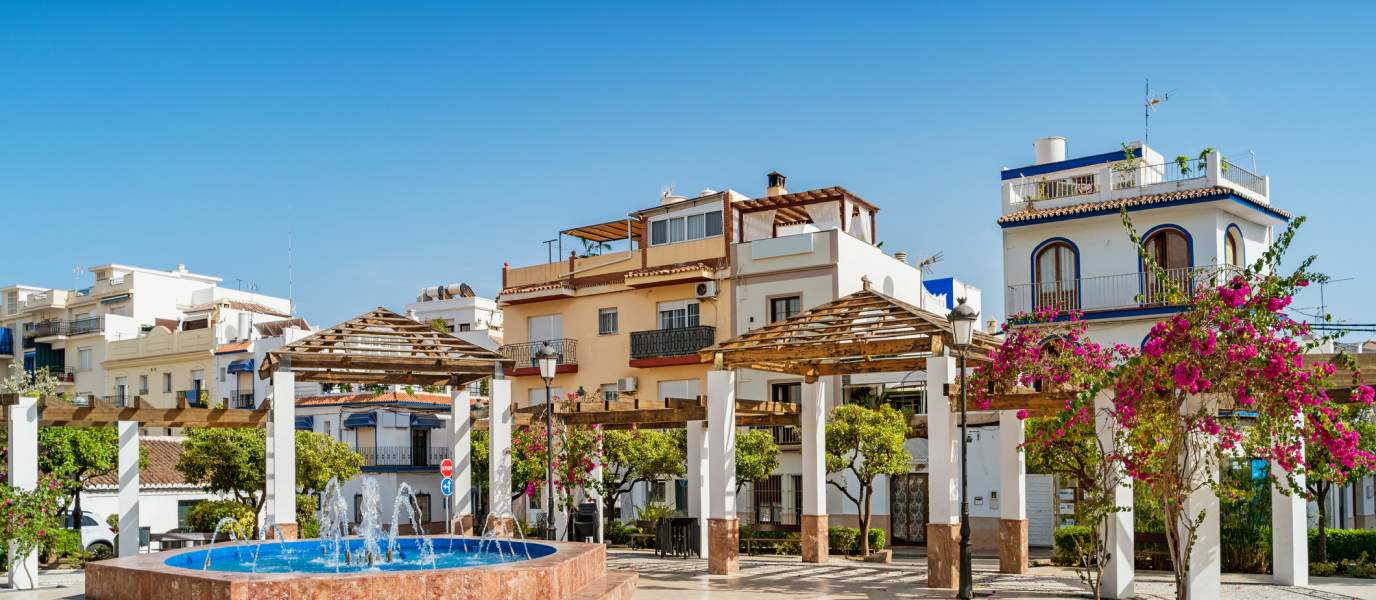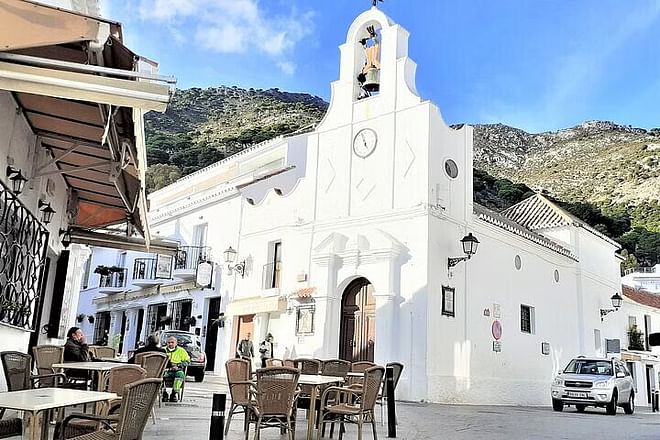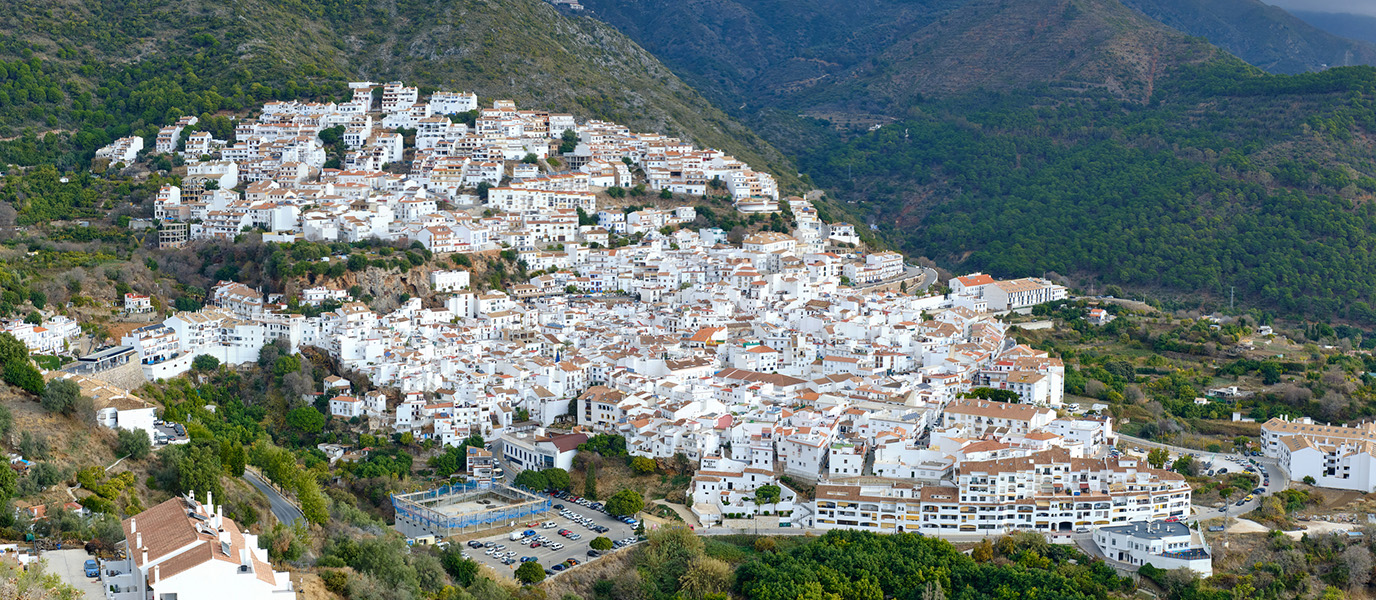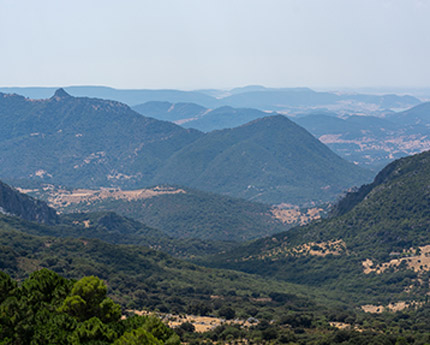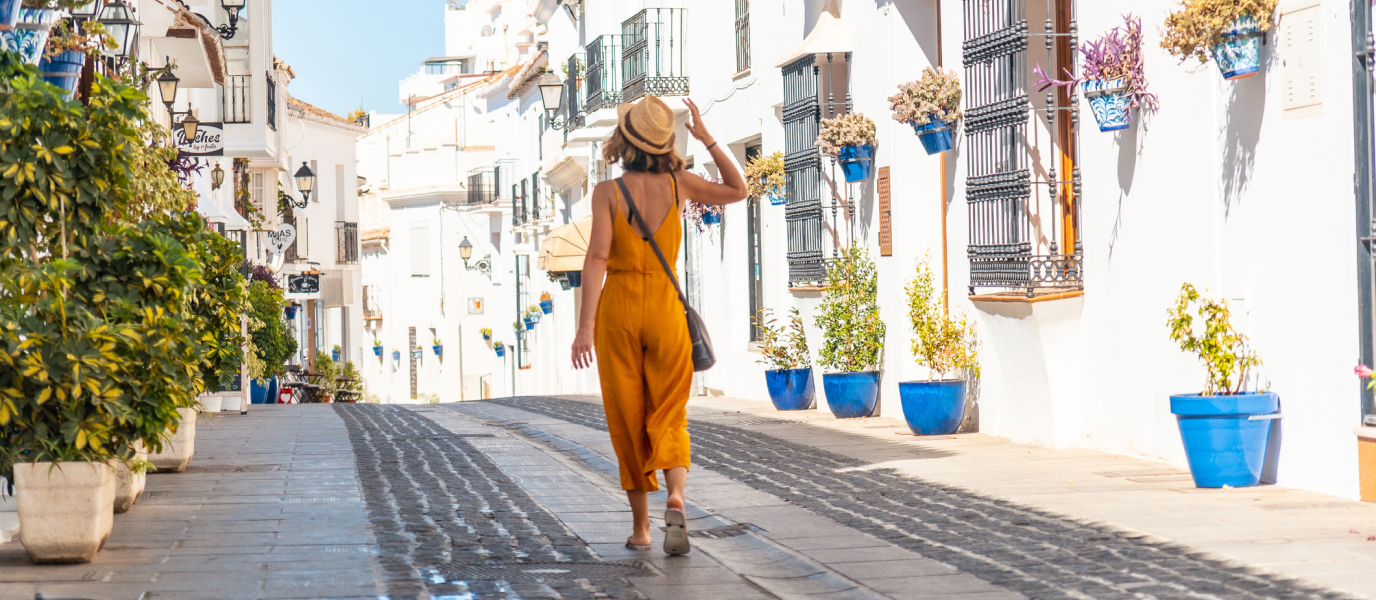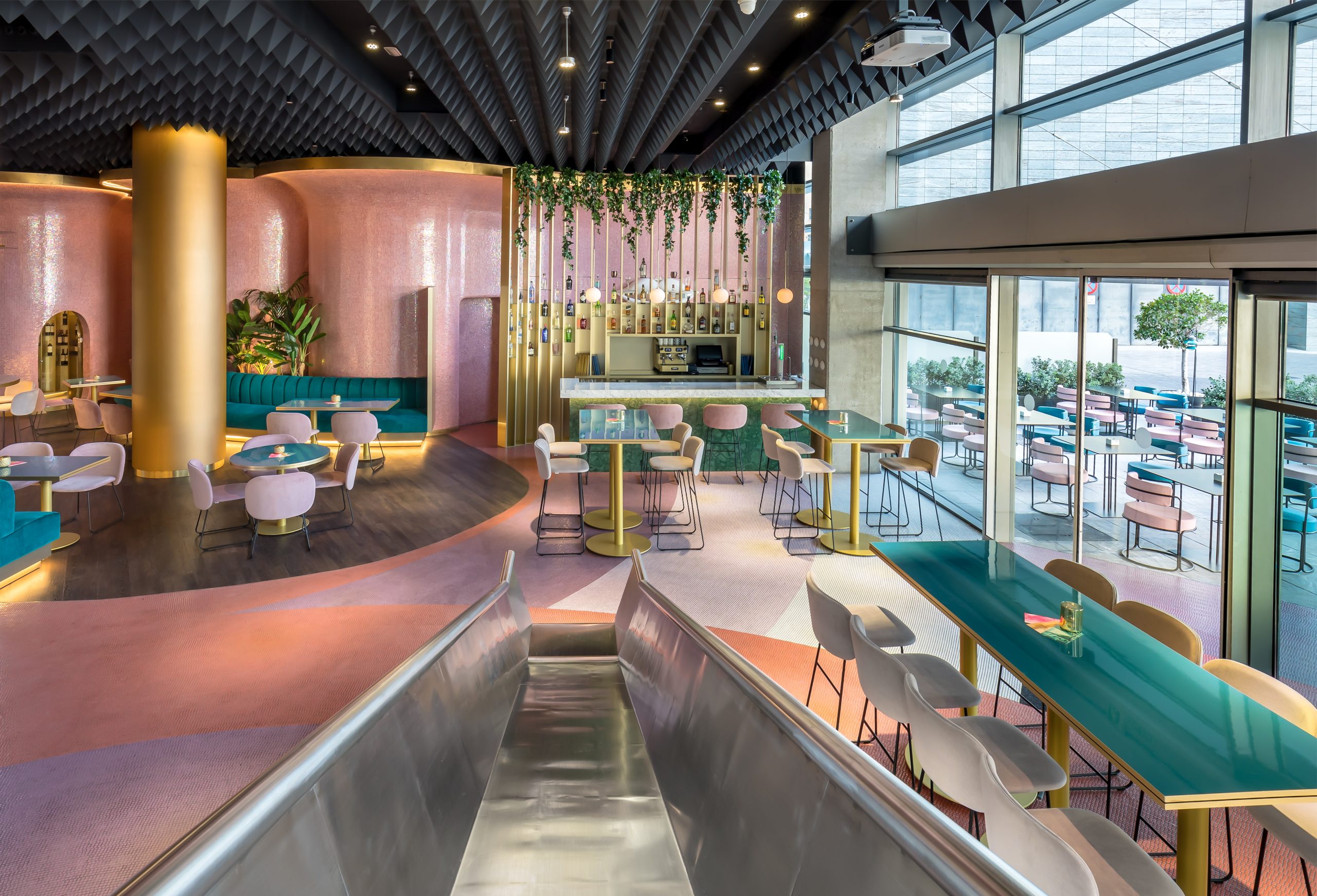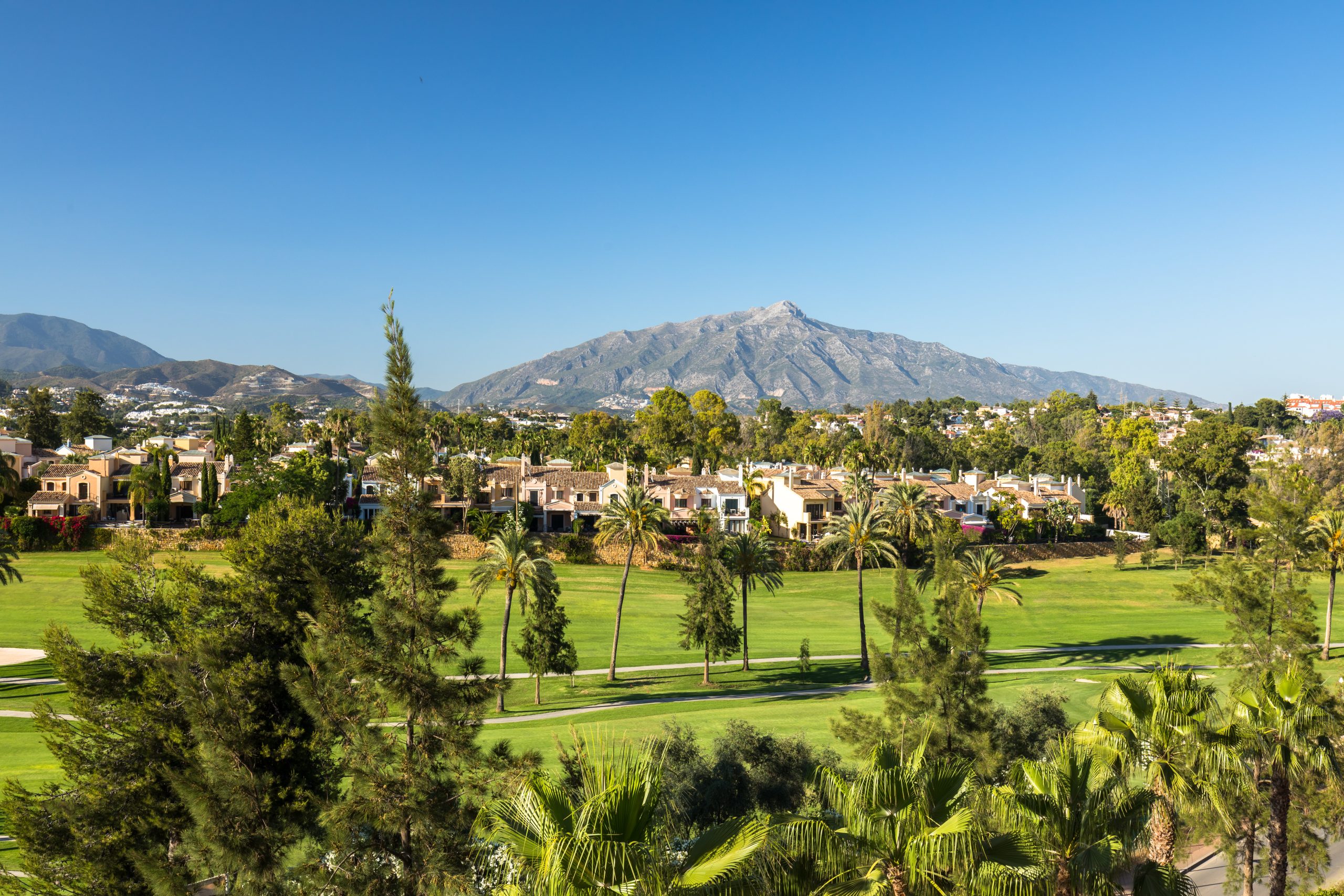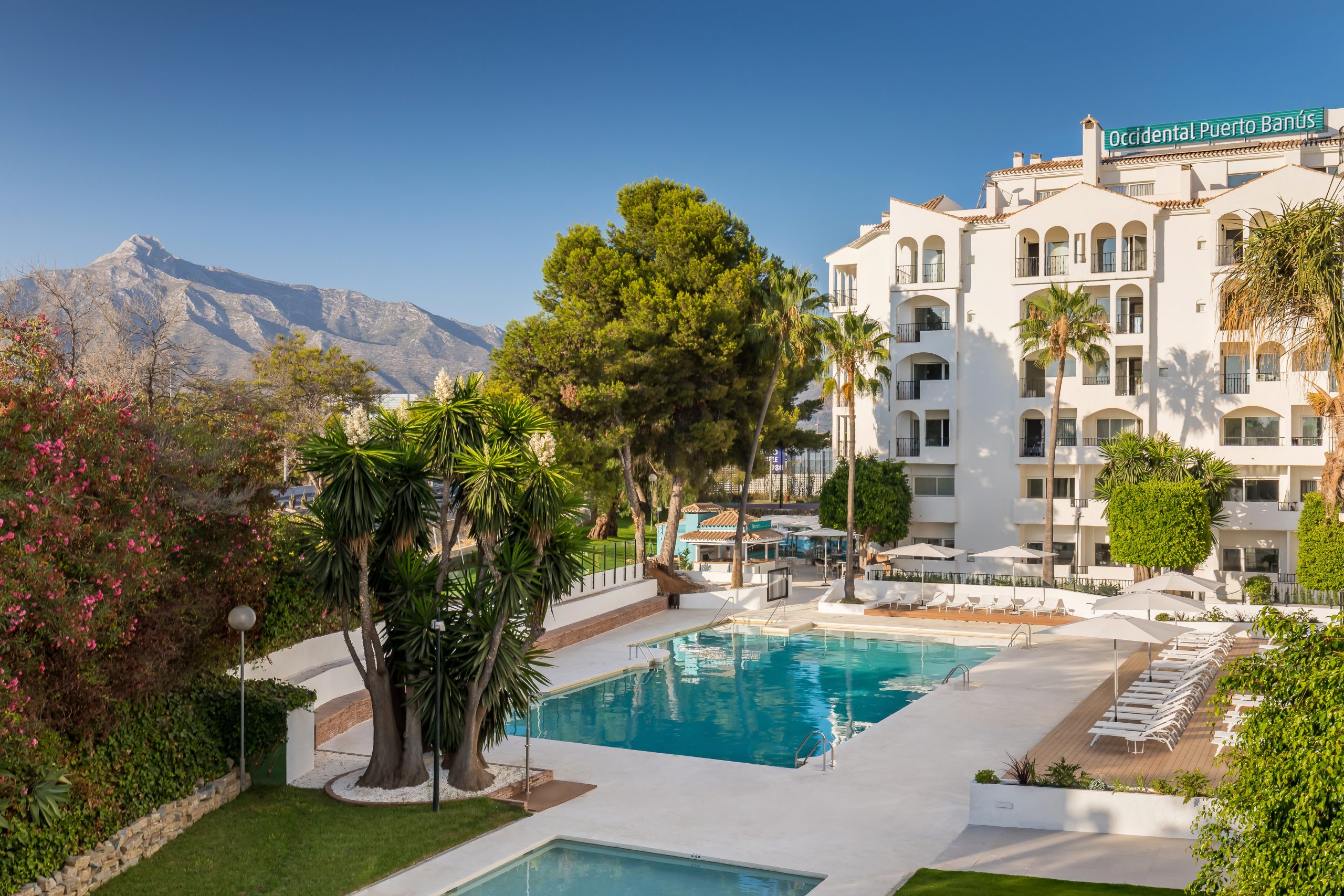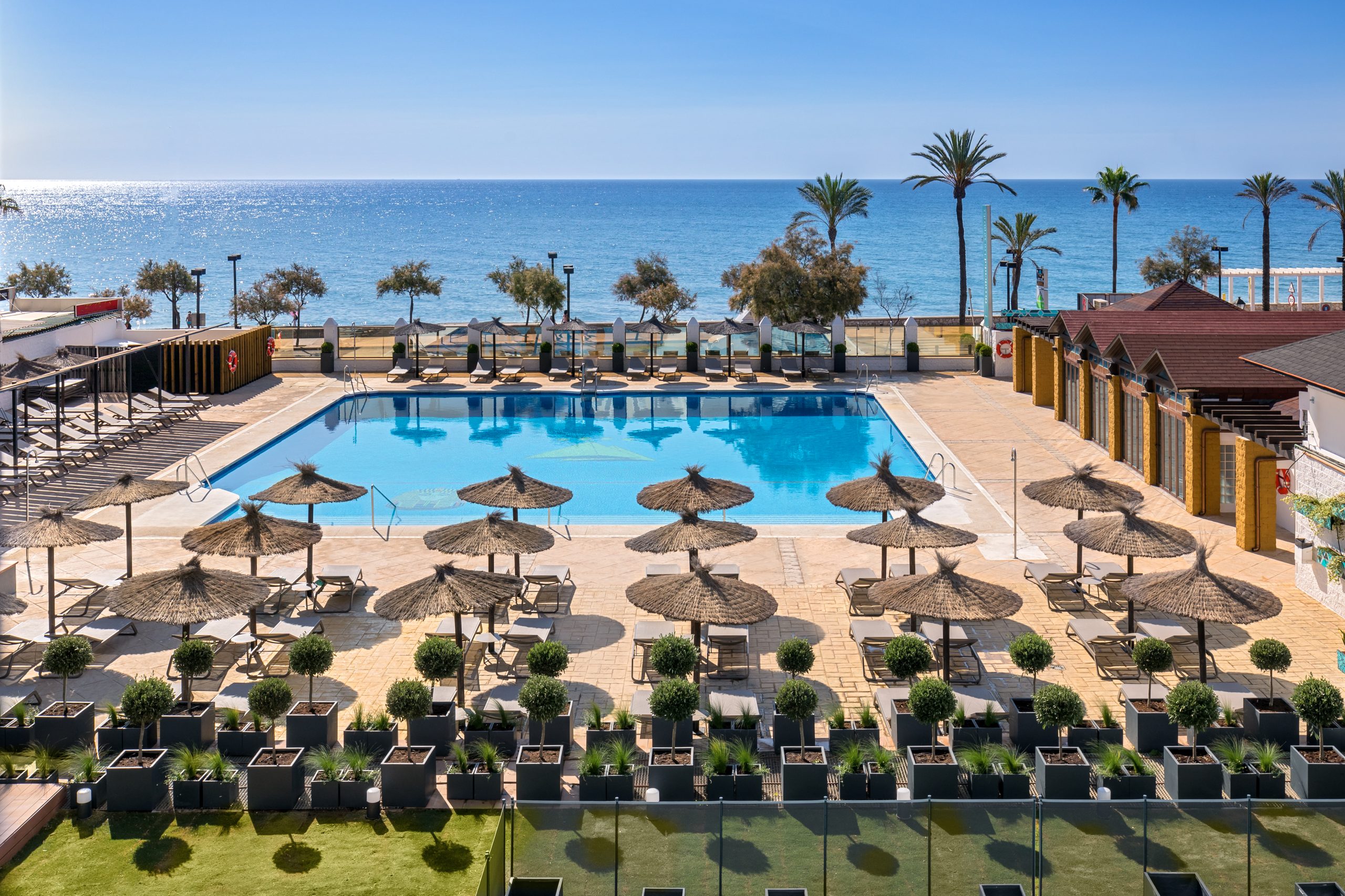51 kilometres from Málaga, on the far eastern side of the region of Axarquía, Nerja is one of the most popular tourist spots in the province. The well-known television series Verano Azul—with the beloved “Chanquete” as the main character—was filmed here, and since then this town has been incredibly popular. However, although it draws plenty of visitors, it has preserved its primitive, popular architecture and its local identity. The spectacular beaches of Burriana and Calahonda, as well as the neighbouring Maro cliffs, attract thousands of tourists every year.
With an especially benign microclimate, Nerja is set in a privileged enclave between mountain and sea. The village, which has a historic centre dating from the late fifteenth century, with narrow streets and whitewashed buildings, looks out to sea from the top of a small cliff, which plunges down into the Mediterranean.
Related experiences
What to do in Nerja
Nerja has lots of monuments and tourist attractions that you shouldn’t miss. You have to visit the El Salvador Church, built at the end of the seventeenth century, which has a Mudéjar-style coffered ceiling, and the Nuestra Señora de las Angustias hermitage, also from the seventeenth century, with paintings attributed to Alonso Cano. But if you’ve caught an episode of the TV series Verano Azul and can’t get the catchy theme tune out of your head, pay a visit to the Parque Verano Azul. Anchored here is La Dorada, the boat owned by the star of the show, Chanquete, alongside other things that will provoke nostalgia for times gone by.
Nerja Caves
There’s a place that you just can’t miss on a getaway to Nerja. The spectacular Nerja Caves have been declared a National Monument. This is an immense natural cave with a multitude of stalactites, divided between three large caverns: the Waterfall Cavern, the Cavern of the Phantoms and the Cataclysm Cavern. In its high galleries, there are prehistoric paintings daubed in black, red and yellow.
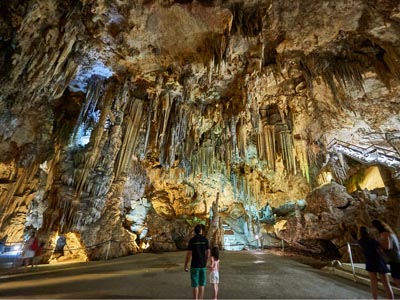
These caves were first inhabited by humans nearly 25,000 years ago and remained occupied until the Bronze Age. During the summer, there are dance and classical music performances put on here as part of the Cueva de Nerja International Festival of Music and Dance. The cave has a visitors’ centre and a classroom, with illustrative and audio-visual information about this natural marvel.
Maro cliffs
Not far from the Nerja Caves you’ll find the impressive Maro cliffs, a protected space since 1989. These simply have to feature on your list of things to do in Nerja. A little further past the cliffs you’ll find a large aqueduct, known as the Puente del Águila, which crosses the Maro ravine, with various rows of brick arches built one on top of the other. It was constructed in the nineteenth century to allow water to reach the sugar factory of San Joaquín, in Maro.
Balcón de Europa
The Balcón de Europa is another one of Nerja’s unmissable spots. This is a viewpoint situated on the site of the old Torre de los Guardas, dating from the eleventh century. Later, a castle was built here, destroyed in the War of Independence. From here, there’s a picture postcard view over the coast and the surrounding mountain ranges. It was given its name by King Alfonso XII, who visited the area after the earthquakes that devastated it in 1884 and 1885. The Balcón de Europa is the starting point of the Paseo de los Carabineros, which takes you past all of Nerja’s beautiful beaches and coves, as far as the legendary Burriana beach.
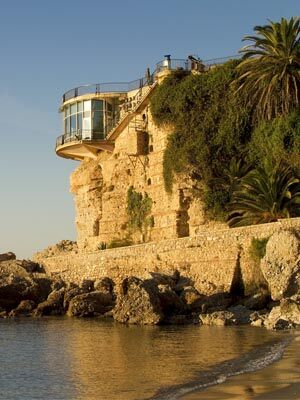
Nerja Museum: a dose of culture
If you want to soak up the history of this pretty town in the Axarquía region, you should visit the Nerja Museum, which aims to share the rich local history, from prehistoric times to the modern day, highlighting the most interesting aspects of each historical period. The Museum also puts on a wide range of activities all year round, with concerts, theatrical performances, children’s workshops, poetry recitals, temporary exhibitions, and more.
Nerja, a long history
As you’ll see in the town’s museum, Nerja is located in an area that was of great importance for prehistoric settlements. Nerja was already a town during the reign of Abd al-Rahman III, when it was called Narixa, which means “abundant spring”. And as at the time there were also lots of mulberry trees, a large part of the population worked in the production of silk, for which the town became famous all over the Mediterranean.
The town was conquered by the Catholic Monarchs in 1487 and, after the expulsion of the Moors, it was repopulated with Christians from other provinces. In the nineteenth century, it achieved municipal independence. At that time, it was commercially important, thanks to its agricultural production and the sugar factories in the area.
Nerja’s beaches
The beaches and coves of Nerja are famous for their crystal-clear waters. In total, there are 13 kilometres of coast for you to enjoy, both relaxing on the beaches and taking boat trips. The best-known beaches are the following:
- Playa de Burriana: This is the most visited beach as it has the best services and offers more activities than any other beach on the entire Nerja coast. You can do water sports here (jet skiing, kayak trips, banana boats, parasailing, etc.). Enjoying this beach is, of course, the perfect way to spend your time in Nerja. While away the day here and eat at one of its restaurants or beach bars.
- Playa de Calahonda. This is another of Nerja’s famous beaches thanks to its location right below the Balcón de Europa, and because many episodes of Verano Azul were filmed here. It’s a large cove that you can access via a stairway called the boquete de Calahonda [Calahonda gap], which is surrounded by fishing boats.
Restaurants to eat at in Nerja
There are plenty of options for eating in Nerja, and you can enjoy everything from Indian restaurants to local classics, and from pizzerias, to haute cuisine, to informal snacks. The town’s restaurants are well prepared to serve Nerja’s tourists, who arrive with high expectations.



























































